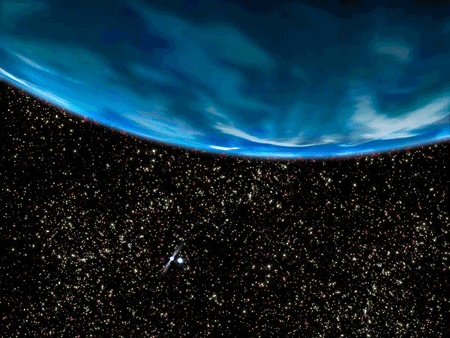
The hunt is on for finding other planets we can live on; this is probably the next step for us as a species, and may just be crucial, considering how things are developing on Earth. But we haven’t had much luck with that so far. Now, scientists are using a method which is claimed to be more precise in calibrating the measurement of spectra should make it possible to identify Earth-sized planets around stars outside our Solar System.
For that, they used ground telescopes. The technique which involves these telescopes practically make laser “combs”, which are fine-toothed spectra of light that used along with atomic clocks give scientists a pretty good idea about the reference point for measuring the wavelengths of light.
According to Nature, this method will be 60 times more effectiv than the state of the art method used now. Extending this technique’s sensitivity will improve astronomers’ picture of what other stellar systems look like.
Velocity measurements are not the only way to detect planets; there is also another way to find them, perhaps as good as this one. They can be seen by detecting the changes they induce in the stars’ position in the sky. Whatever the method, finding another habitable planet is definetly something of crucial importance.









